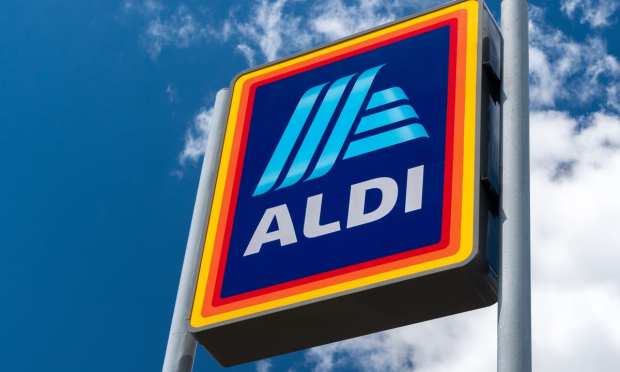ALDI Unveils Store Expansion And eCommerce Plans, Aims For Top 3 Grocery Spot

ALDI, the fast-growing discount grocery store chain, announced Wednesday (Feb. 10) that it will add 100 new stores this year and will also double its eCommerce offerings aimed at boosting customer convenience.
The Illinois-based food retailer said its store expansion would be focused on Arizona, California, Florida and the Northeast, noting that with more than 2,000 stores in 37 states, it was on track to become the third-largest grocery retailer by store count by the end of next year.
At the same time, the company said it was also furthering its digital shopping and convenience offerings, by adding curbside pickup service to 500 additional stores by the end of the year and bringing the total number offering the service to more than 1,200.
“We’re incredibly proud to continue growing in all aspects of our business, from opening new stores to enhancing our eCommerce offerings, especially in light of the challenges businesses have faced in the last year,” said Jason Hart, CEO of ALDI U.S.
The Growing Footprint
The latest announcement also includes plans to expand ALDI’s distribution network, with plans to break ground on a new regional headquarters and logistics complex in Loxley, Alabama.
The 564,000- square-foot facility will be ALDI’s sixth distribution center in the south east, and is designed to support 100 stores, in Alabama, Southern Georgia, Mississippi, the Florida Panhandle as well as Louisiana, which will become the 38th state where ALDI operates.
The fact that ALDI is expanding its store count during the pandemic, at a time when many national retail chains are reducing stores or streamlining their portfolios by relocating laggards, makes the move even more bold and counter-cyclical.
It also comes at a time when rising minimum wage requirements have forced other competitors to scale back operations, and chains such as Kroger have offered to pay employees $100 to get vaccinated in order to keep stores staffed, open and operating.
A recent PYMNTS Tracker study found that Walmart’s share of food and beverage sales slipped sequentially in Q3, from 19.3 percent to 18.1 percent, but its leadership position still marked a 10x margin over Amazon’s 1.8 percent share in that segment. That said, the report also points out that Amazon’s acquisition of Whole Foods stores in 2017 has so far failed to expand its sales in food, or meaningfully chip away at Walmart’s lead, although it has permitted the eCommerce leader to set a foothold in the grocery market.
The Digital Grocer
In an interview with PYMNTS, Debbie Guerra, executive vice president of merchant payments and payments intelligence solutions at ACI Worldwide, said the omnichannel future of the grocery industry is not going to shrink.
“Let’s get real — grocery shopping has gone digital, and it has really accelerated … as a result of the pandemic … I think we’re going to see consumer journeys across omnichannel shopping experiences continue in the future,” Guerra said.
To that point, ALDI said its expansion plans include continued use of grocery delivery via Instacart, which it said is available in almost all of its stores.
